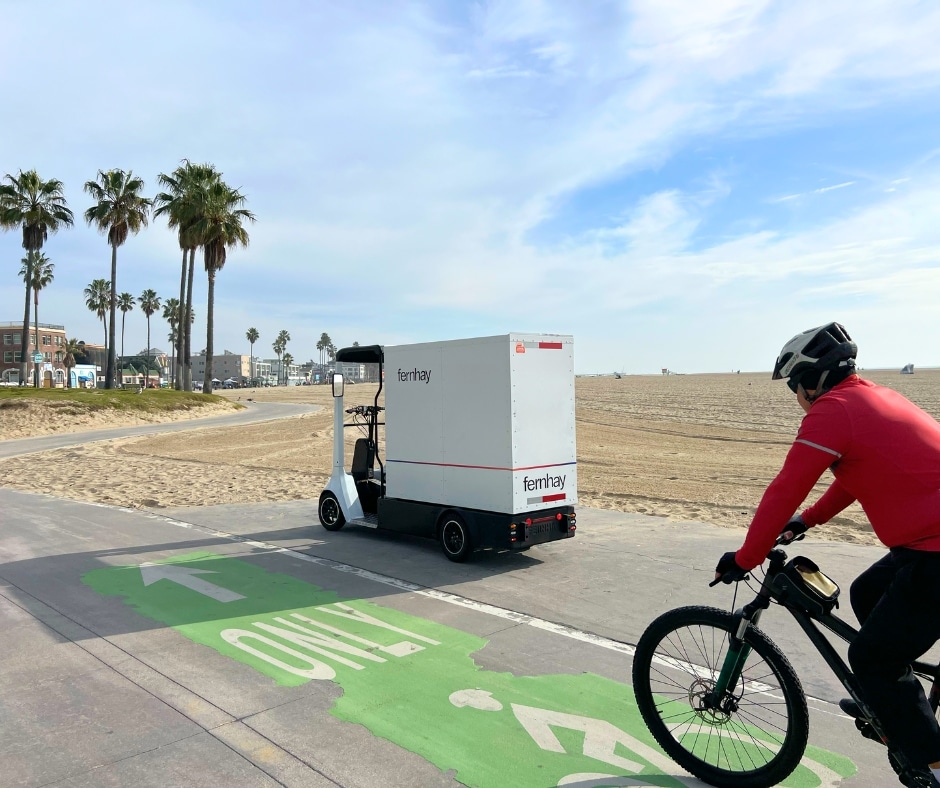Why Micromobility Urban Infrastructure Is the Future of Clean City Transport
What Is Micromobility Urban Infrastructure and Why It Matters
Micromobility urban infrastructure refers to the systems, routes, and vehicle platforms that support small, zero-emission vehicles—like eCargo bikes and eQuads—in city environments. It’s not just a trend. It’s a necessary transformation in how cities address congestion, air quality, and last mile delivery.
As urban populations rise and environmental regulations tighten, cities are investing in infrastructure that supports electric micromobility fleets. This includes protected lanes, microhubs, battery swapping stations, and compact routing software—all designed to make urban movement cleaner and more efficient.
How Fernhay eQuads Reinvent Urban Transport
At Fernhay, we design vehicles built specifically for micromobility urban infrastructure. Our eQuads are modular, electric cargo bikes that carry up to 2m³ of goods, accessing spaces traditional vans can’t.
Each eQuad integrates seamlessly into existing bike infrastructure while supporting a wide range of use cases:
-
UPS leverages the Standard Cube for emission-free parcel delivery
-
Royal Mail uses Fernhay eQuads daily across dense UK cities
-
Amazon utilizes our Package Optimization Cube for greater load capacity
-
Florists and cold chain retailers use our Passive Cool Cube to preserve perishables
Micromobility Urban Infrastructure: More Than Lanes and Bikes
Infrastructure goes beyond just paving bike lanes. It involves hardware (vehicles like Fernhay eQuads), software (routing platforms), policy (low-emission zones), and street-level design (microhubs and parking stations). In this way, micromobility becomes a systemic solution, not a temporary fix.
As the need for sustainable solutions grows, companies and cities are adopting micromobility as a core part of their operations, not a pilot project.
Benefits of Adopting Micromobility Infrastructure Today
For cities and businesses alike, investing in micromobility urban infrastructure brings immediate and long-term benefits:
-
🌱 Zero-emission logistics for better air quality
-
🚚 Faster deliveries in dense traffic zones
-
🛣️ Use of existing bike infrastructure, minimizing disruption
-
📉 Lower operational costs over time
-
📈 Improved ESG metrics for companies and public institutions
According to ICLEI – Local Governments for Sustainability, micromobility is one of the fastest-growing solutions in achieving urban climate goals.
How to Make Micromobility Work in Your City
-
Start with a pilot fleet of modular eCargo bikes like Fernhay eQuads
-
Map key routes using micromobility-specific routing software
-
Build or partner with microhubs for localized package sorting
-
Add charging or battery swap stations for on-the-go power
-
Incorporate visibility tools like GPS, route optimization, and delivery data
Fernhay eQuads: The Backbone of Modern Urban Transport
Our eQuad platform is designed for adaptability. With a universal chassis, clients can switch between modules—Standard, Utility, Passive Cool, Kiosk, Open Box—based on daily needs. This makes our vehicles perfect for municipalities, retailers, service providers, and logistics leaders.
Let’s build smarter cities together.
Talk to us about integrating Fernhay eQuads into your operations or public services.

